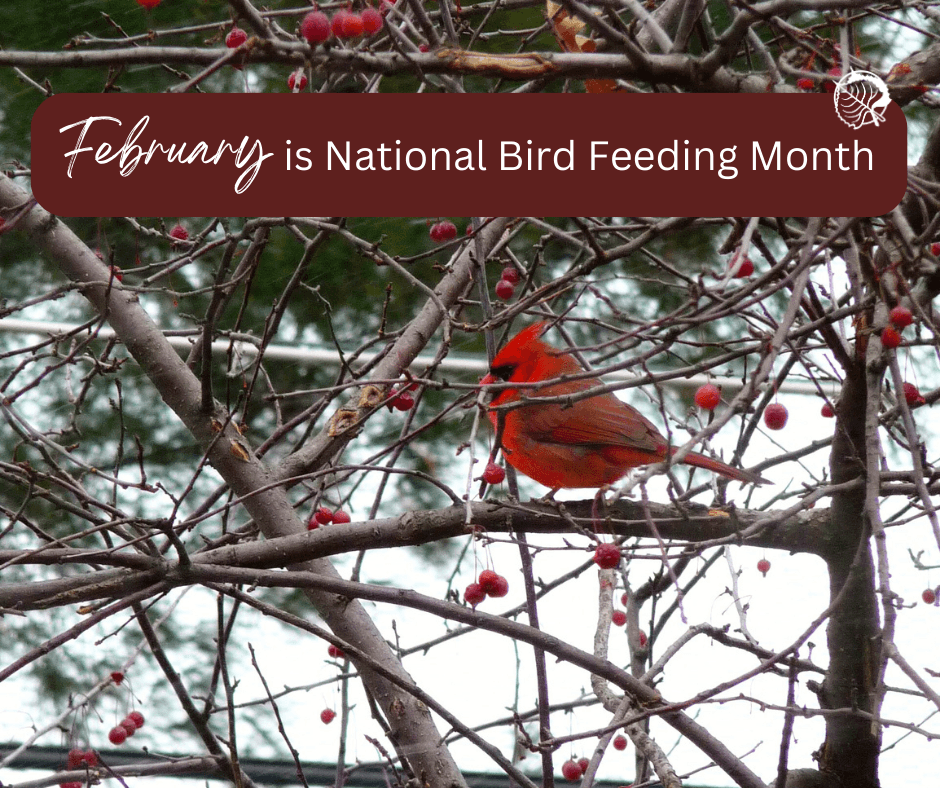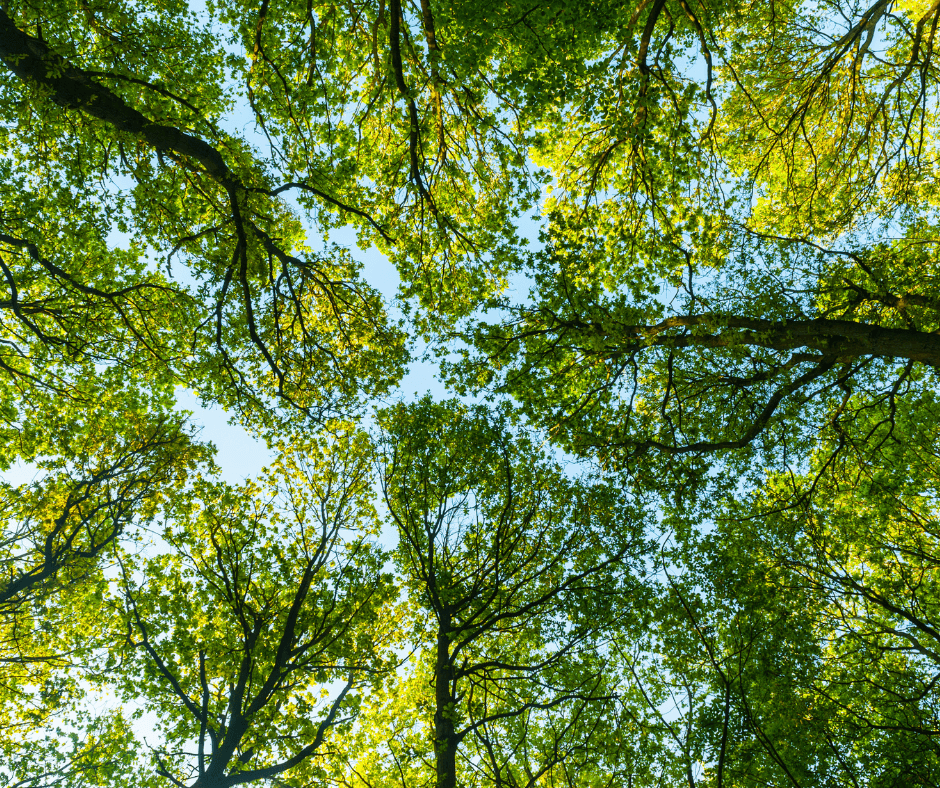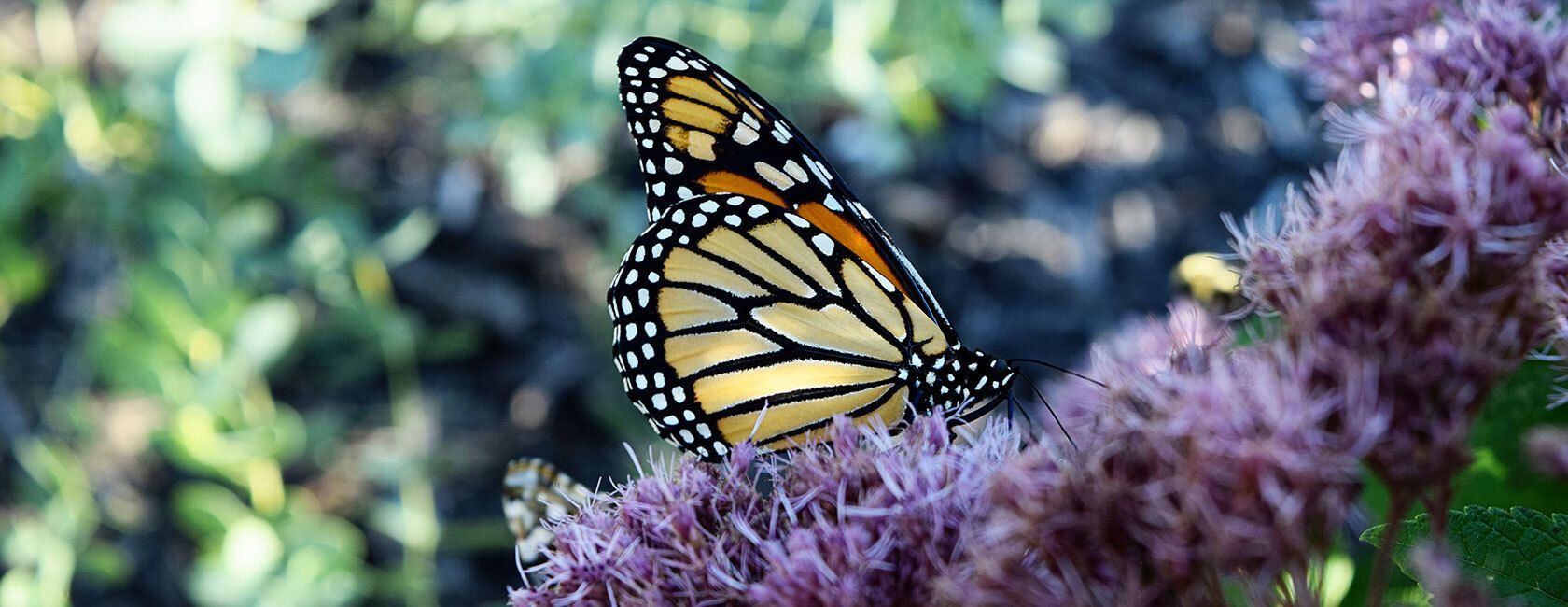
While you may not be inviting friends over for a garden party this winter, now is the perfect time to welcome in some birds. In fact, February is National Bird Feeding Month. In honor of that, here are some tips for making a backyard habitat that will help sustain your feathered friends during the winter months.
Provide Food
Birds will find their own food sources, but they are more likely to visit, stay and nest in your yard if food (and water) are reliably available. Plants are crucial components of any habitat and, in return, birds spread the seed far beyond a plant's reach. Even beyond their berries, flowers and seed heads, native plants are a critical part of birds' livelihood and survival. During the winter, the insects that hide and hibernate under the leaf litter and in stems and stalks provide the high protein and calcium that birds need.
Some of the best native tree species for birds are oak, cherry, dogwood, maple and serviceberry. In late winter, smaller fruited crabapples, hackberry, hawthorn, persimmon, sumac, viburnum and conifers offer fruits that are only palatable after a series of freeze and thaw cycles and can be especially crucial when other food sources are scarce.
Supplementing your natural landscape with a variety of feeders is a great option as well. The best foods for birdfeeders are ones high in oil and fat, like sunflower seed, peanuts, nyjer thistle and safflower seed. A big advantage of safflower seed is that it’s favored by cardinals, grosbeaks, chickadees, doves and native sparrows but not by most other sparrows, starlings and squirrels.
Provide Water
We don't often think about birds needing fresh water during the winter months, but water is essential year-round and is particularly hard to find when it's very cold. Heated bird baths are available for purchase online and in local pet and bird supply stores. Cornell Lab of Ornithology also recommends this simple DIY option: insert a lit light bulb into a flower pot and place a water basin on top. The light bulb will provide more than enough heat to keep the water from freezing, giving birds a place to drink and bathe.
Provide Shelter
The best shelter for birds is located where it can protect them from north winds, ice and heavy snowfall. Conifers are extremely valuable shelter after deciduous trees and perennials have lost their foliage. Leaving piles of brush and leaf litter adds to both the food supply and the cover. It’s good to offer shelter within a few feet of birdfeeders for quick getaways.
Once you provide dependable food, water and shelter, be patient. It can take awhile for word to spread and for birds to show up, but their numbers will increase in time and as the weather gets colder. Nebraska is home to 400 or more species of birds and, with our challenging winter weather, if you feed them they will come.
For more information about supporting wildlife in your home landscape, visit our resources webpage.


